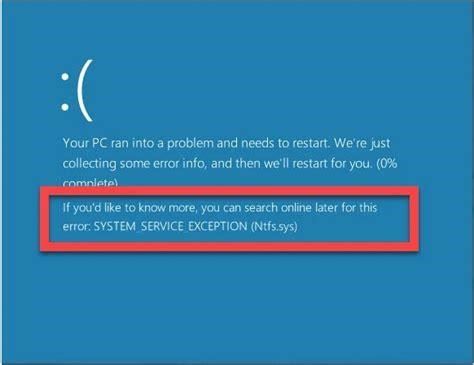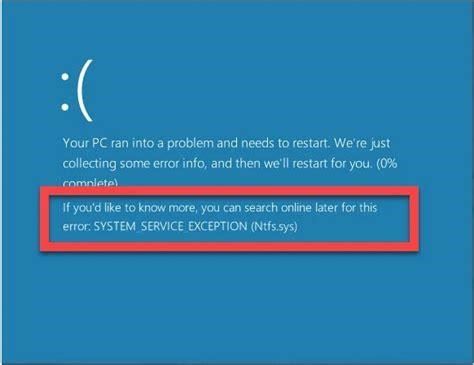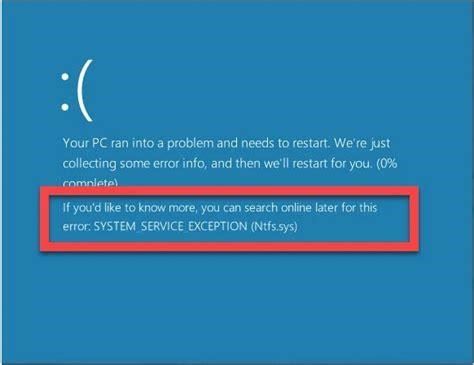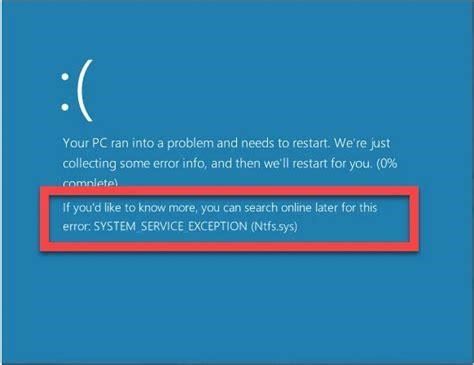As Windows 11 gains popularity, some users have reported seeing an error stating "Unable to start a DCOM Server" appearing frequently in the Event Viewer. This error is related to the Distributed Component Object Model (DCOM) architecture in Windows, which allows different software components to communicate with each other. DCOM errors can occur for various reasons and often prevent certain apps and services from launching properly.
In this guide, we’ll explore what’s behind this error, how to diagnose the root cause, and the most effective solutions to resolve DCOM issues on Windows 11.
What Causes the “Unable to Start a DCOM Server” Error?
DCOM allows apps to share objects and data across process and network boundaries. It serves as an extension of Component Object Model (COM), enabling communication between software components on separate computers.
Here are some common triggers for DCOM errors on Windows 11:
-
Incompatible or corrupted applications: Faulty installations or outdated versions of apps relying on DCOM can produce activation errors. Microsoft Office and SQL Server are prime examples.
-
Antivirus interference: Overzealous antivirus scanners sometimes block legitimate DCOM requests, preventing app communication.
-
Windows system file corruption: Critical OS resources like the registry, COM+ services, or DCOM permissions can become damaged and unstable.
-
User account permission problems: DCOM requires proper user permissions to operate smoothly. Account changes may cause access denied errors.
Diagnosing the exact cause requires examining factors like event logs, application event viewer logs, and system stability.
How to Fix Unable to Start DCOM Server
With the main culprits identified, we can move onto practical solutions. Here are the top 10 ways to troubleshoot and repair DCOM server activation problems in Windows 11:
1. Repair Office or Microsoft 365 Installation
Since Microsoft Office relies on DCOM extensively, installation errors or OS migrations can break its DCOM configuration.
First, verify if Office or 365 apps trigger the DCOM error. If so, try repairing from Programs and Features or via the Office repair tool. This will reconfigure Office DCOM settings.
2. Temporarily Disable Third-Party Antivirus
Overly zealous antivirus products sometimes block legitimate DCOM traffic. Disable third-party antivirus temporarily and see if the error persists. If the issue stops occurring, whitelist DCOM in your antivirus to allow proper communication.
3. Run DISM and SFC Scans
Corrupted system files can prevent DCOM servers from launching. Run DISM and SFC scans to fix file system errors:
DISM /Online /Cleanup-Image /RestoreHealth sfc /scannowThis checks Windows system files and replaces damaged ones using cached copies.
4. Perform a Clean Boot
Conflicts with third-party services and startup programs can also disrupt DCOM. Perform a clean boot in Windows, then check if the error still happens:
- Open MSConfig
- Go to the Services tab and check "Hide All Microsoft Services"
- Disable all startup items on the Startup tab
- Restart the computer
If the DCOM error disappears, methodically enable groups of services and startup items until you isolate the problematic application.
5. Execute a Clean Startup
An extension of the clean boot approach is performing a clean startup of Windows. This prevents all third-party apps from loading at boot to determine if one is responsible:
- Press Win + R and type "msconfig"
- Go to the General tab and choose "Selective startup"
- Uncheck "Load startup items"
- Click OK and restart
Again, if the error stops occurring, individually re-enable startup apps until you pinpoint the culprit.
6. Repair Windows from Install Media
If you suspect deep system file corruption, repairing Windows using installation media can help restore DCOM components.
- Boot from Windows 11 install media
- Choose Repair instead of Install
- Choose Command Prompt when the recovery menu appears
Now run DISM and SFC scans to fix corrupt system files:
Dism /Online /Cleanup-Image /RestoreHealth sfc /scannowThis uses Windows installation files to replace damaged system resources.
7. Reset Windows 11
Resetting Windows 11 reinstalls the operating system while retaining your personal files and data. This is more thorough than using install media.
Open Settings > System > Recovery and choose Reset PC. After backup, pick "Remove everything" to fully reinstall Windows 11.
8. Clean Install Windows 11
If all else fails, doing a clean install of Windows 11 provides a fresh DCOM configuration. Backup data first, then perform a custom install. This fully resets all Windows system files, services, registry entries, and programs.
Conclusion
DCOM errors can stem from varied causes like installation problems, antivirus conflicts, corrupted files, and permission issues. Following the solutions above can help identify and resolve the specific factor triggering "Unable to start DCOM server" problems for your Windows 11 system.
Pay close attention to patterns around when the error displays and which programs are affected. This provides clues to narrow down the culprit. With diligent troubleshooting, you can get DCOM communication functioning smoothly again.




